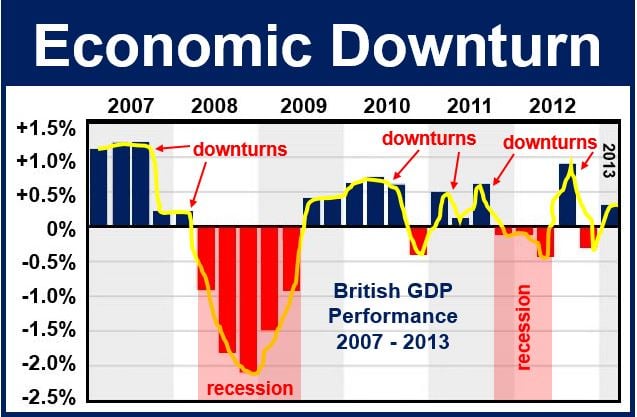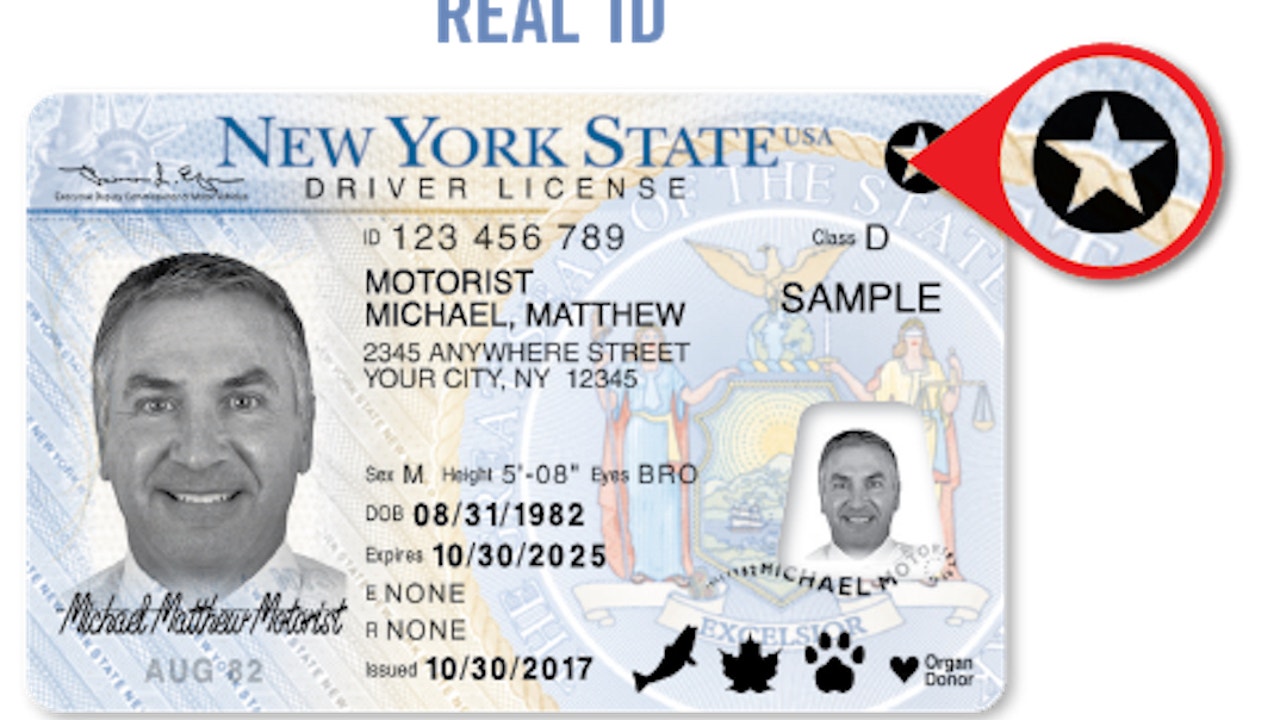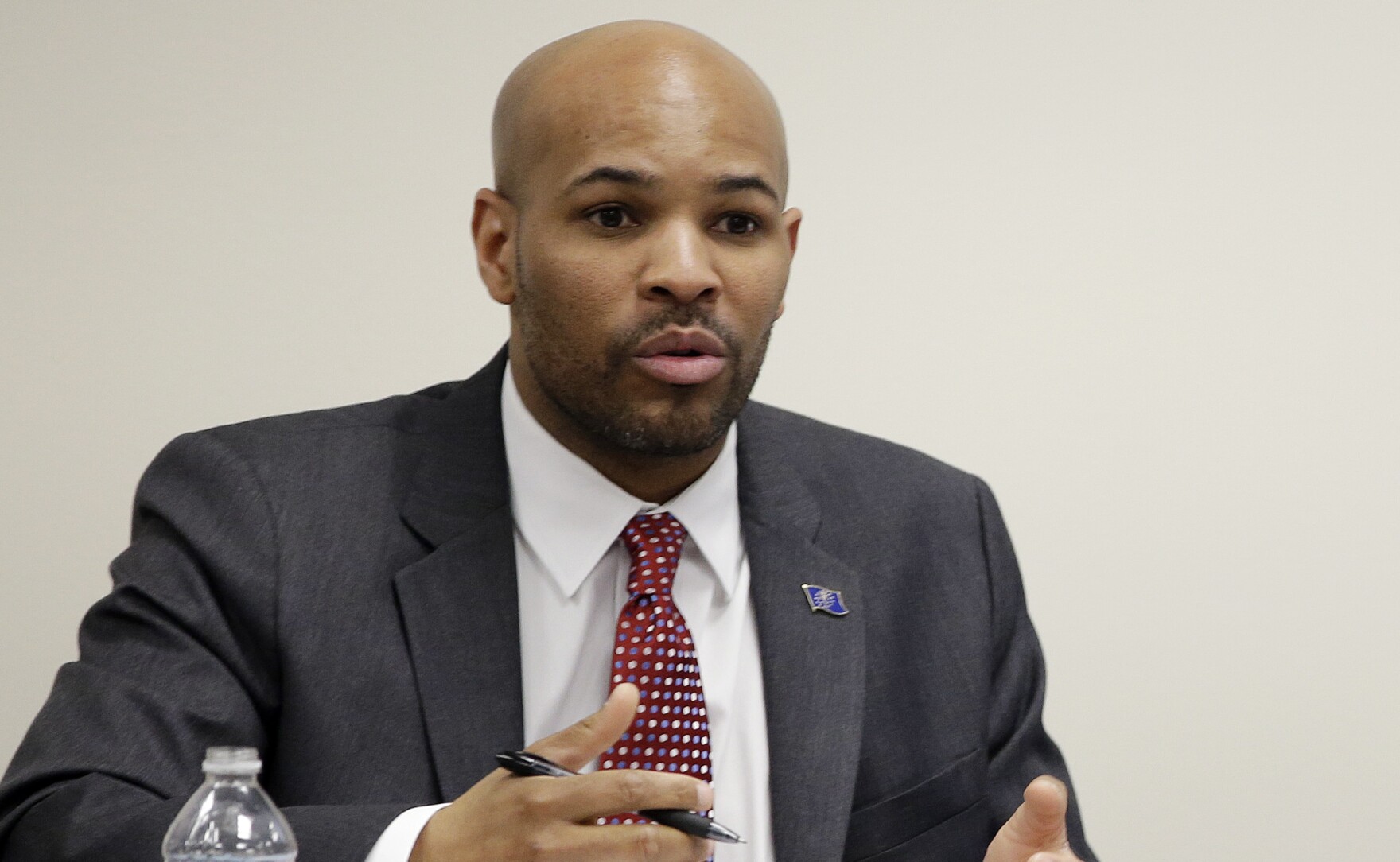Wheelchair Access On The Elizabeth Line: Challenges And Solutions

Table of Contents
Identifying Challenges to Wheelchair Access on the Elizabeth Line
While the Elizabeth Line aims for widespread step-free access, several hurdles remain for wheelchair users. These challenges impact the ease and independence of their journeys, highlighting the need for ongoing improvements in public transport accessibility.
Step-Free Access Gaps
Many stations, despite striving for step-free access, still present significant barriers. These gaps compromise the seamless travel experience for wheelchair users and other individuals with mobility limitations.
- Lack of level boarding at some platforms: Variations in platform height compared to train doors necessitate the use of ramps or bridging devices, adding time and effort to journeys.
- Inconsistent ramp gradients: Steep ramps can be difficult or impossible for some wheelchair users to navigate safely and independently.
- Narrow doorways and corridors: Restricted access points in stations create bottlenecks and limit maneuverability, particularly during peak hours.
- Poorly maintained lifts: Malfunctioning or unreliable lifts can severely disrupt journeys and leave wheelchair users stranded.
- Insufficient signage: Inadequate or unclear signage makes it difficult for wheelchair users to locate accessible routes and amenities.
For example, reports suggest that while many central stations boast excellent step-free access, some outer stations still lack essential features, requiring users to navigate steps or deal with unreliable lift services. This inconsistency undermines the overall accessibility of the Elizabeth Line.
Navigation and Wayfinding Issues
Even with step-free access, navigating Elizabeth Line stations can prove challenging for wheelchair users. Clear and intuitive wayfinding is crucial for independent travel.
- Poorly designed tactile paving: Inconsistent or missing tactile paving makes it difficult for visually impaired users, who often also rely on wheelchairs, to navigate safely.
- Insufficient signage and information in alternative formats (Braille, audio): Lack of multi-sensory information leaves many users without adequate guidance.
- Lack of clear route guidance: Ambiguous signage or poorly marked routes lead to confusion and delays.
- Inadequate staff training on assisting wheelchair users: Insufficient staff training reduces the effectiveness of assistance offered to wheelchair users.
The implementation of clear, consistent, and multimodal wayfinding systems is paramount. This includes utilizing tactile paving, clear audio announcements, and intuitive visual signage. Additionally, ensuring staff are properly trained to assist wheelchair users is essential.
Accessibility of Elizabeth Line Trains
While the trains themselves are generally accessible, some minor issues remain that cumulatively impact the overall travel experience for wheelchair users.
- Limited wheelchair spaces: The number of designated wheelchair spaces might be insufficient during peak travel times, leaving wheelchair users without guaranteed seating.
- Difficulty boarding during busy periods: Crowded platforms and train carriages make boarding difficult and time-consuming.
- Lack of onboard assistance: Limited onboard assistance can leave wheelchair users feeling unsupported and vulnerable.
- Inadequate information systems about train accessibility features: The lack of clear information about accessibility features on trains reduces user confidence.
The capacity of wheelchair spaces and passenger flow management during peak hours need to be continuously evaluated and improved to guarantee a comfortable and safe journey for all passengers.
Solutions and Improvements for Wheelchair Access
Addressing the challenges requires a multi-pronged approach involving infrastructure improvements, enhanced staff training, and technological advancements.
Ongoing Infrastructure Improvements
Transport for London (TfL) is undertaking significant infrastructure upgrades to improve accessibility.
- Installation of new lifts: Projects are underway to install new lifts at stations currently lacking adequate lift services.
- Upgrades to existing ramps and platforms: Improvements to existing ramps and platforms are underway to ensure smoother and safer access.
- Implementation of improved wayfinding systems: Modern, intuitive wayfinding systems with multi-sensory elements are being rolled out across stations.
Specific examples of these improvements, including anticipated completion dates, should be readily available on the TfL website and regularly updated.
Enhanced Staff Training and Support
Well-trained staff are vital to supporting wheelchair users.
- Training programs for staff on assisting wheelchair users: Comprehensive training programs ensure staff are equipped to provide efficient and sensitive assistance.
- Dedicated assistance points in stations: Designated assistance points provide a central location for wheelchair users to request help.
- Improved communication systems for assistance requests: Improved communication systems streamline the process of requesting assistance.
Investing in robust staff training programs significantly improves the overall experience for wheelchair users, promoting confidence and independence.
Technological Solutions for Improved Accessibility
Technology can play a significant role in enhancing accessibility.
- Real-time accessibility information apps: Apps providing real-time information on lift availability, platform closures, and step-free routes can greatly assist wheelchair users.
- Integration of accessibility features into the Elizabeth Line app: Incorporating detailed accessibility information within the existing app improves the ease of access to crucial information.
- Use of smart technology for improved wayfinding: Smart technology can provide personalized, real-time wayfinding assistance, guiding wheelchair users to their destinations efficiently.
Advocacy and Future Prospects for Wheelchair Access on the Elizabeth Line
Continuous advocacy and commitment to accessibility standards are vital for sustained progress.
The Role of Disability Advocacy Groups
Disability advocacy groups play a crucial role in pushing for improvements.
- Collaboration with Transport for London (TfL): Effective collaboration with TfL ensures user needs are incorporated into planning and implementation.
- Raising public awareness: Raising awareness of accessibility challenges encourages public support for necessary improvements.
- Pushing for policy changes: Advocacy groups actively campaign for policy changes to strengthen accessibility standards.
Organizations such as the Disability Equality in Transport group actively advocate for improved accessibility on the Elizabeth Line, pushing for continued dialogue and collaboration with TfL.
Future Plans and Commitments
Sustained investment and a long-term commitment are vital for ensuring continued improvements.
- Continued investment in accessibility upgrades: Ongoing investment is crucial to address remaining challenges and meet evolving needs.
- Commitment to meeting accessibility standards: A commitment to adhering to and exceeding accessibility standards ensures ongoing improvements.
- Ongoing monitoring and evaluation: Regular monitoring and evaluation processes ensure that improvements are effective and address user feedback.
Regular audits and user feedback mechanisms are essential to identify areas for improvement and ensure the Elizabeth Line remains at the forefront of accessible public transport.
Conclusion
The Elizabeth Line's accessibility for wheelchair users is a work in progress. While significant strides have been made, considerable work remains to create a truly inclusive transport network. Addressing the challenges highlighted – improving step-free access, enhancing wayfinding, providing robust staff training, and leveraging technological solutions – is crucial. Through continued advocacy, technological innovation, and a sustained commitment to meeting accessibility standards, the Elizabeth Line can, and should, become a global model for accessible public transport. Let's continue to demand and work towards better wheelchair access on the Elizabeth Line and all public transport systems.

Featured Posts
-
 Significant Funding For Community Colleges To Address Nursing Staffing Crisis
May 09, 2025
Significant Funding For Community Colleges To Address Nursing Staffing Crisis
May 09, 2025 -
 Jeanine Pirros North Idaho Trip A Conservative Perspective
May 09, 2025
Jeanine Pirros North Idaho Trip A Conservative Perspective
May 09, 2025 -
 The Tesla Dogecoin Connection Understanding The Recent Market Downturn
May 09, 2025
The Tesla Dogecoin Connection Understanding The Recent Market Downturn
May 09, 2025 -
 Could This Black Rock Etf Double In Value By 2025 Billionaire Investments Offer Clues
May 09, 2025
Could This Black Rock Etf Double In Value By 2025 Billionaire Investments Offer Clues
May 09, 2025 -
 The Unexpected Rise From Wolves Reject To Europes Best
May 09, 2025
The Unexpected Rise From Wolves Reject To Europes Best
May 09, 2025
Latest Posts
-
 Police Officer Saves Choking Toddler Bodycam Footage Shows Dramatic Rescue
May 10, 2025
Police Officer Saves Choking Toddler Bodycam Footage Shows Dramatic Rescue
May 10, 2025 -
 The Trump Factor Shifting Dynamics Between Greenland And Denmark
May 10, 2025
The Trump Factor Shifting Dynamics Between Greenland And Denmark
May 10, 2025 -
 Real Id Enforcement Summer Travel Planning Guide
May 10, 2025
Real Id Enforcement Summer Travel Planning Guide
May 10, 2025 -
 Les Mis Cast May Boycott Trumps Kennedy Center Performance
May 10, 2025
Les Mis Cast May Boycott Trumps Kennedy Center Performance
May 10, 2025 -
 Casey Means And The Maha Movement A Look At Trumps Surgeon General Pick
May 10, 2025
Casey Means And The Maha Movement A Look At Trumps Surgeon General Pick
May 10, 2025
